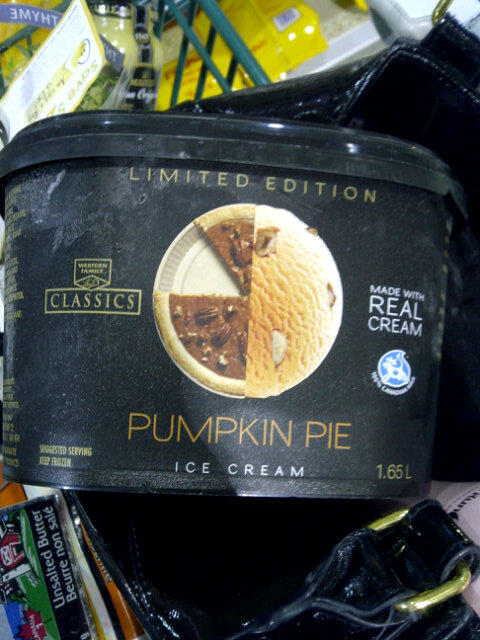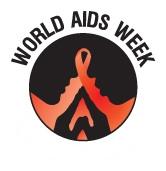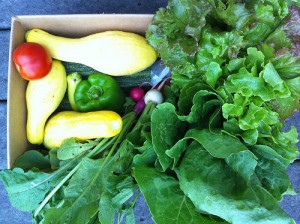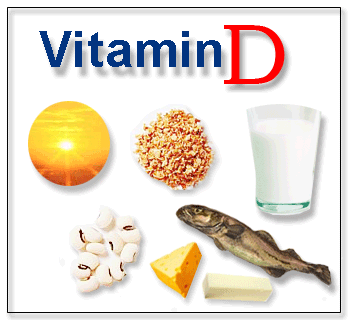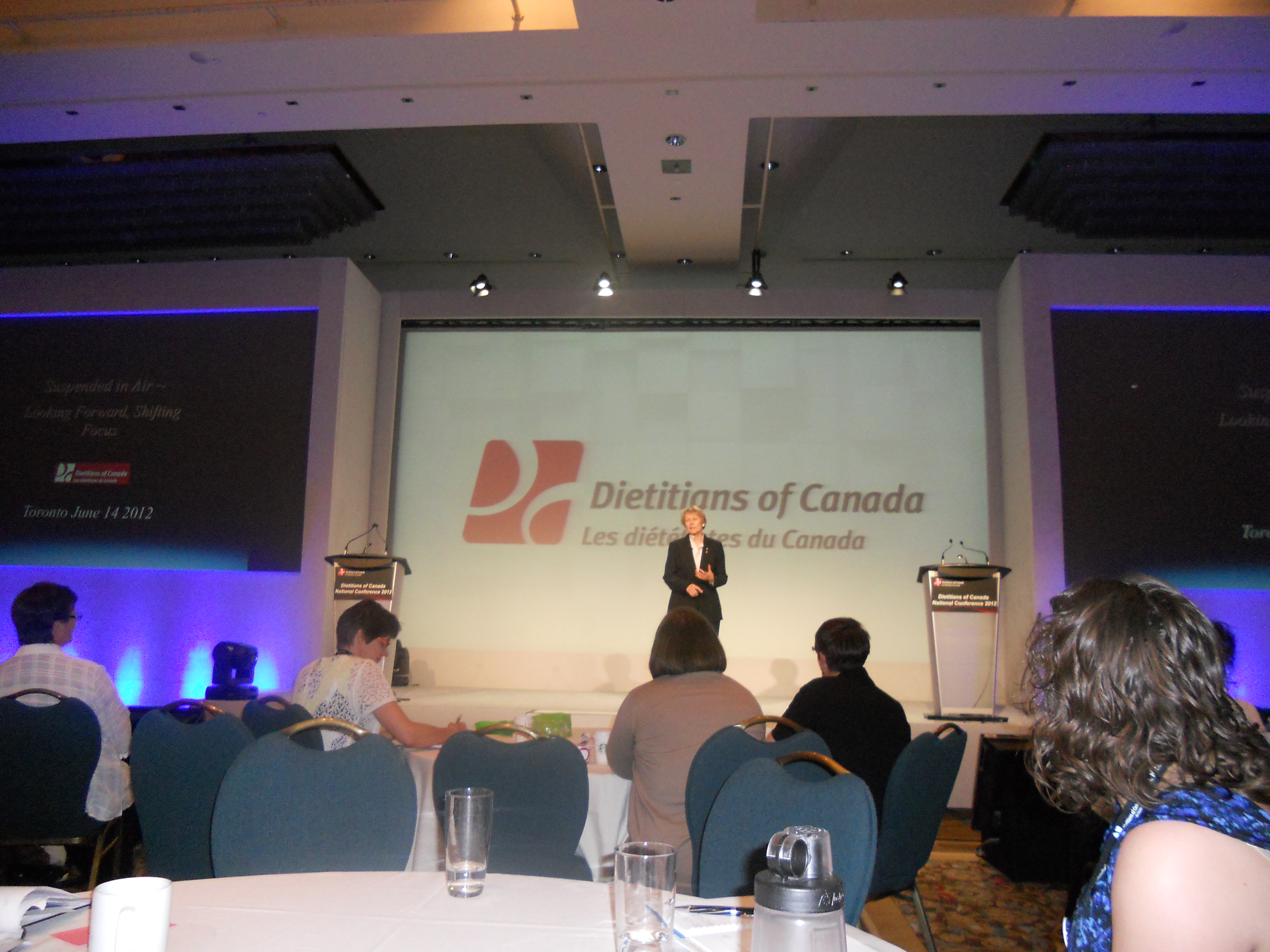Just an update that we haven’t produced new segments for the last month or so due to our internship schedules and the eggcellent (get it? lol) coverage by the News 101 crew for the AMS Elections. In the meantime, we are airing previous segments that you may have missed. So stay tuned, and stay happy and healthy listeners. We will be back with new content in the next few weeks.
Happy Thanksgiving Canada!
Happy Thanksgiving everyone! Last week we aired a segment about the traditions of Thanksgiving but offered unique twists to the traditional foods usually served on a Thanksgiving menu. If you missed it no problem as the segment can be heard here, for Oct. 1.
The Second Monday in October marks Canadian Thanksgiving Day.
In Canada, the feasting expresses heartfelt gratitude for a good harvest and a good life. The roots of the festivities go back to Roman harvest celebrations and take a bit from French, English and other more modern food fests.
It can be celebrated for 1 day or up to three days over the weekend. The turkey is usually basted or other traditional foods are prepared and the harvest is celebrated according to time-honored traditions.
But here are a few modern twists to Thanksgiving favourites (and this is my personal menu for my dinner with family this year…hope it turns out!) The recipe links are highlighted:
- Citrus Turkey (~12 pounds)
- White Wine Gravy
- Caramelized Brussel Sprouts with Pecans and Bacon
- Sweet Potato Mash Potatoes
- Cranberry Sauce with a Twist
- Cornbread, Leek, Bacon and Pecan Stuffing. To make the cornbread you need this recipe.
- Elegant Dinner Rolls
- Pumpkin Pie Ice Cream
Adendum:
- Ice cream: I found Pumpkin Pie Ice Cream at Save on Foods for only $6.99 on sale. I tasted it last night and it was perfect with candied pecans in it. However, aside from the posted recipe, you could try making an express version by heating up pureed canned pumpkin in a bit of cream. Cool it a bit then puree or swirl it in to regular vanilla ice cream and refreeze. Top it with caramel drizzle, graham cracker crumbles and toasted walnuts or pecans with whip cream too!
- Rolls: Just an FYI that this year I won’t be making the rolls because it’s just a party of three but I will have a piece of plain cornbread if needed.
- Cranberry sauce: Here’s a recipe for Classic Cranberry Sauce as it may be nice to have one familiar thing on the menu.
- Mash potato. Here is another neat and healthy recipe I found for mash potatoes with a twist.
Here are some things you can do with leftovers:
- Make mini or a large Turkey pot pie. To make a quick version buy pre-made pie shells. Easy to freeze for later.
- Make turkey and vegetable soup or use the bones to make a quick broth and freeze for later.
- Make a turkey sandwich with leftover meat or in a wrap, and why not add cranberry sauce to add flavour and skip the fattening mayo. Try making mini turkey sliders with leftover dinner rolls.
- For the mash potatoes, you could make hashbrowns for breakfast or make a Turkey Shepherds pie with brussel sprouts, the meat and mash for the topping.
It’s important to know that turkey only lasts in the fridge for 2-3 days, so freeze if you can early on.
That’s all for now, but let us know what you think about these recipes and ideas or if you’ve tried them. Of course, if you have any questions, please let us know.
I will update with pictures and comments after dinner. Once again, Happy Thanksgiving everybody!
August 13 – Sports Nutrition Series: Eating for Endurance Athletes
Why are we talking about sports nutrition? Well, the Summer 2012 Olympics in London just finished yesterday, and many have likely been inspired to get into tip top shape!
Sports nutrition is definitely a complex topic -will just cover eating for just endurance athletes this week (and eating for strength athletes will be discussed next week).
What type of diet should an endurance athlete be following?
According to RD411 (a reputable nutrition web resource), the main goal is to keep up your body’s source of fuel through what you eat before, during, and after exercise.
Carbohydrate:
Carbohydrate intake is crucial all the time! Before, during and after long exercise bouts in order to load up, preserve and replace glycogen, carbs are needed in your diet. Foods high in carbohydrate should provide the majority – 55 to 60% – of total calories, or 6 to 10 grams of carbohydrate per kilogram of body weight. To little carbohydrate intake, and a phenomenom called “hitting the wall” may occur. This is when your muscle glycogen stores are depleted, and usually occurs after 32km (of a marathon, for example).
Emphasize complex carbohydrates. These are whole grains, breads, cereals, beans, pasta, potatoes and other starchy vegetables. *Note* to retain a diet high in fibre, keep the peels on vegetables, and choose grain products with 5g of fibre or more per serving!
Simple sugars – fruits, juices, sugar, syrups, and honey – provide “quick energy.” Many are too concentrated to be consumed during exercise -but are a good way to begin replacing glycogen stores immediately after exercise.
Protein:
Protein is needed to:
- repair exercise-induced muscle damage
- provide a small amount of energy during exercise (with adequate carbohydrate intake)
- support gains in lean tissue mass (not as common for endurance athletes)
Endurance athletes should eat 12-15% of total calories from protein, or about 1.2 to 1.5 grams of protein per kilogram of body weight. More protein than this amount has not been scientifically proven to make significant improvements in endurance athletic performances! T
Interestingly, the typical diets of most athletes provide more than enough protein to cover the increased amounts that they may need, however it is important to spread your protein intake out over many small meals during the day. Good protein sources include lean meats, poultry and fish; nonfat or low fat dairy products; eggs, grain/legume/dairy combinations.
Fat:
Provides:
- energy
- essential elements of cell membranes
- fat-soluble nutrients such as vitamins A, D and E
Athletes should consume 20-30% of total calories as fat… too high or too low can have negative effects on blood lipid profiles (high LDL cholesterol levels, or “bad” cholesterol, for example).
So what should your hydration plan look like?
During exercise, water is all you need for events lasting less than 1 hour, but beverages containing carbohydrate and sodium are recommended during exercise lasting longer than 1 hour. This is where sports drinks can play a role many of which contain 7% carbohydrate – the optimal concentration!
Here are some great hydration guidelines from RD411:
| 2 hours before event | 2 cups cold fluid |
| 15 minutes before event | 2 cups cold fluid |
| During event, every 15-20 minutes | 4-6 oz. cold fluid (1/2-3/4 cup) |
| After event | 2 cups fluid for every pound lost |
Take home message for eating for endurance athletes:
Combine whole grains, protein-rich foods and vegetables and/or fruit at each meal and snack to help prevent large fluctuations in blood glucose, control appetite and eat a balanced diet including enough fluid to stay hydrated and energized! Also, don’t try anything new on race days, and keep pre-race meals and snacks low in fat and not overly high in fibre in order to prevent any potential stomach upset!
Until next time! Click here to listen to the podcast!
Image source: chumpysclipart.com
July 30: World AIDS Week
This week was World Aids week, so we talked about the difference between HIV and AIDS, how it effects your immune system, and how one would alter their diet and food handling under these circumstances.
- HIV = Human Immunodeficiency Virus
- AIDS = Acquired Immunodeficiency Syndrome
About 70 000 Canadians are currently HIV +. HIV is the virus that causes AIDS. A person can get AIDS after a prolonged period of being infected by HIV and if they do not care for that illness properly. Most common ways of being infected include:
- Blood transfusion (sharing needles, medical blood transfusion, tattooing etc.)
- Sexual intercourse
- Open wounds
- Born to a HIV + mother
HIV depresses the immune system by hijacking the hosts DNA and it replicates itself, which eventually breaks down the hosts immune (CD4-T cells). A person can live for a long time without feeling any symptoms. However, people are more vulnerable to opportunistic infections. AIDS is the result of uncontrolled symptoms resulting from HIV.
Food and Nutrition: Weight loss is a major issue, so it is recommended 20-30% of an energy (calorie) increase is necessary, mostly from carbs. Some micronutrients may be necessary.
Safe food handling is essential. Avoid raw meat sources such as runny eggs, deli meats, ceviche and carpaccio for example. Some molded cheeses should also be avoided. Because the immune system is depressed overall, all foodsafe principles apply, such as keeping cold foods cold and hot foods hot and avoiding cross contamination.
The good news is, there have been many medical advances and research related to HIV/AIDS and it is becoming more manageable to live with.
Resources:
www.aidsvancouver.org
HIV Helpline: 604.696.4666
HealthLink BC: 811
To listen to the full clip, please click here.
July 23: Alcoholic Beverages and Your Health
This segment covered the serving sizes, effect on your body, and benefits and drawbacks of alcohol.
Standard guidelines for consumption has been developed for Canadians to avoid binge drinking:
- 1-2 a day for women
- 2-3 a day for men
Standard Serving sizes:
- 12 oz. is for coolers and beer and is 5% alcohol
- 4 or 5 oz. is for wines and is 12% (although there are some at 7%)
- 1.5 oz. is for hard liquor (rum, gin, whiskey) and is 40%
More alcohol is absorbed in your small intestine than in the stomach. It can take about 20 minutes for the alcohol to hit your bloodstream. Having a meal can help reduce the rate at which the alcohol is released in your blood and it is recommended to eat while you drink.
Alcohol is a high energy drink; it is metabolized at 7 kcal/g, which is considered ’empty calories’. Here is a comparison:
- Fat = 9 kcal/g
- Alcohol = 7 kcal/g
- Protein & Carbs = 4 kcal/g
Wine can be beneficial to health, particularly heart disease risk if consumed in moderation. Above one or 2 drinks per day, reduces the protective affect and is not then recommended for health.
The key is to enjoy in moderation throughout the week and avoid binge drinking. Additionally, watch out for those extra calories consumed with mix and snacking!
To listen to the full clip, please click here.
July 16 & 20- Fibre, fibre fibre & BC seasonal fresh produce!
Dietary Fibre consists of naturally occurring plant materials that your body cannot digest. Examples include fibre naturally found in whole grain breads and cereals, beans, lentils, fruits and vegetables.
As fibre is a vital part of one’s diet, and eating local produce is good for your community and the environment, right now there are many reasons to eat fruits and vegetables that are in-season in BC to help you increase the amount of fibre in your diet every day!
In-season produce for BC in July:
Apricots, Beets, Blueberries, Broccoli, Cabbage, Carrots, Celery, Cherries, Kale, Lettuce, Peas, Peppers, Potatoes, Raspberries, Spinach, Strawberries, Squash, Chard, Tomatoes, Chives, Cilantro, Cucumbers (see the link at the end to find out more).
What are the health benefits?
1- Bowel regularity
2- Control of blood cholesterol
3- Control of blood sugar levels.
Fibre can be found on their own or added to foods. Examples include oat B-glucan, psyllium.
Fibre is linked with reducing the risk of heart disease, diabetes, obesity and certain types of cancer.
What else does it do?… High fibre diets provide bulk, make you feel fuller for longer, which is why people who have high fibre diets tend to have lower body weights (many businesses have been taking advantage of this recently (for example, PGX).
Fibre can be further divided into those that are soluble and those that are insoluble (interestingly, experts now wish to replace these terms with “viscosity” and “fermentality”).
Soluble fibres -found in foods such as oat bran, psyllium, legumes, vegetables barley and certain types of fruits. -These reduce blood cholesterol levels and control blood sugar levels.
Monday interesting health fact: Do you notice how oats and barley form a “sticky and gummy” texture when they are cooked? This “stickiness” is referred to as viscosity and experts believe this is what gives these fibres special health benefits (such as reducing cholesterol)!
Fermentability = digestion of soluble fibre by “friendly” bacteria in our intestines which is also important for promoting health
Insoluble fibres, such as those found in wheat bran, corn bran, flax seeds, and some vegetables and fruit (especially the skins), passes through your digestive system largely unchanged (AKA= roughage and bulk!)
Q: How should you increase your fibre intake?
A: Gradually, and drink lots of fluids. Most foods contain a mix of fibres, so make sure you choose a variety of fibre-rich choices from the different food groups to reach your target. This way you can reap the benefits from all types of fibres.
Q: What exactly is a high fibre food?
A: A high fibre food contains 5 or more grams of fibre per serving!
Click here for more useful pointers from the Dietitians of Canada to help you reach your goal of 38 grams for men and 25 grams for women of fibre each day.
Click here for more of in-season BC produce for July and beyond!
Click here to listen to our podcast (scroll forward to approximately 1/3 way through the news cast)
Vitamin D and Skin Cancer
With the sun out and people out to play sun exposure and vitamin D intake as it relates to sun cancer is a perfect topic.
The main messages covered in this segment are listed below:
-Vitamin D is a fat soluble vitamin that helps with bone health, immune system and prevents types of cancer.
-You can consume it through diet (mainly animal sources), or it is produced in your skin through sun exposure (5-15 minutes for light skin and 30+ minutes for darker skinned individuals)
-Some rates of cancer is reduced with sun exposure but too much sun can develop skin cancer so a balance is needed.
-You can overdose on Vit D supplements, but not from sun exposure.
To listen to the clip, click here. Next week we’re covering fibre and fun fruits.
Mens Health: Prostate Cancer
Happy Canada Day long weekend!
Check out last week’s segment on prostate cancer in light of national Men’s Health Week.
To sum last week’s segment:
1. Prostate cancer is the most common cancer for men.
2. A recent study shows a potential link between increasing serum selenium levels and decreasing prostate cancer risk.
3. Men over the age of 40 should discuss the appropriate prostate cancer screening plan with their physician. Higher risk individuals should begin screening earlier (those with a family history of prostate cancer, and/or those who are of African American descent).
4. Prostate cancer is slow to mature, and early detection increases one’s survival.
5. A healthy diet including legumes and other foods rich in isoflavones has shown promise in decreasing men’s risk of prostate cancer.
Don’t forget to tune in next week for a special segment on Vitamin D and bone health, on Citr 101.9FM, Monday’s between 5 and 5:30! Check out our podcast here!
Dietitians of Canada Conference Conclusion
Special Feature Segment: DC Conference Interviews
Yesterday’s segment was a special 10 minute feature with interviews from Kristen Yarker, BC Regional Executive Director for DC, Shelley Case, Celiac Disease and Gluten-free diet expert, and Gloria Tsang of healthcastle.com. Listeners learned what the conference was all about, heard about new research with celiac disease and how to make lentils part of your everyday diet. Listen to the clip here.
Links that were mentioned are available here:
Thank you!



